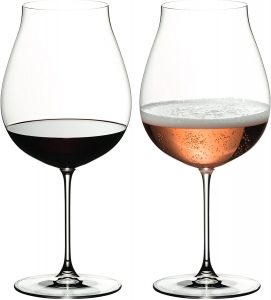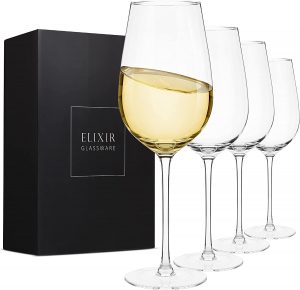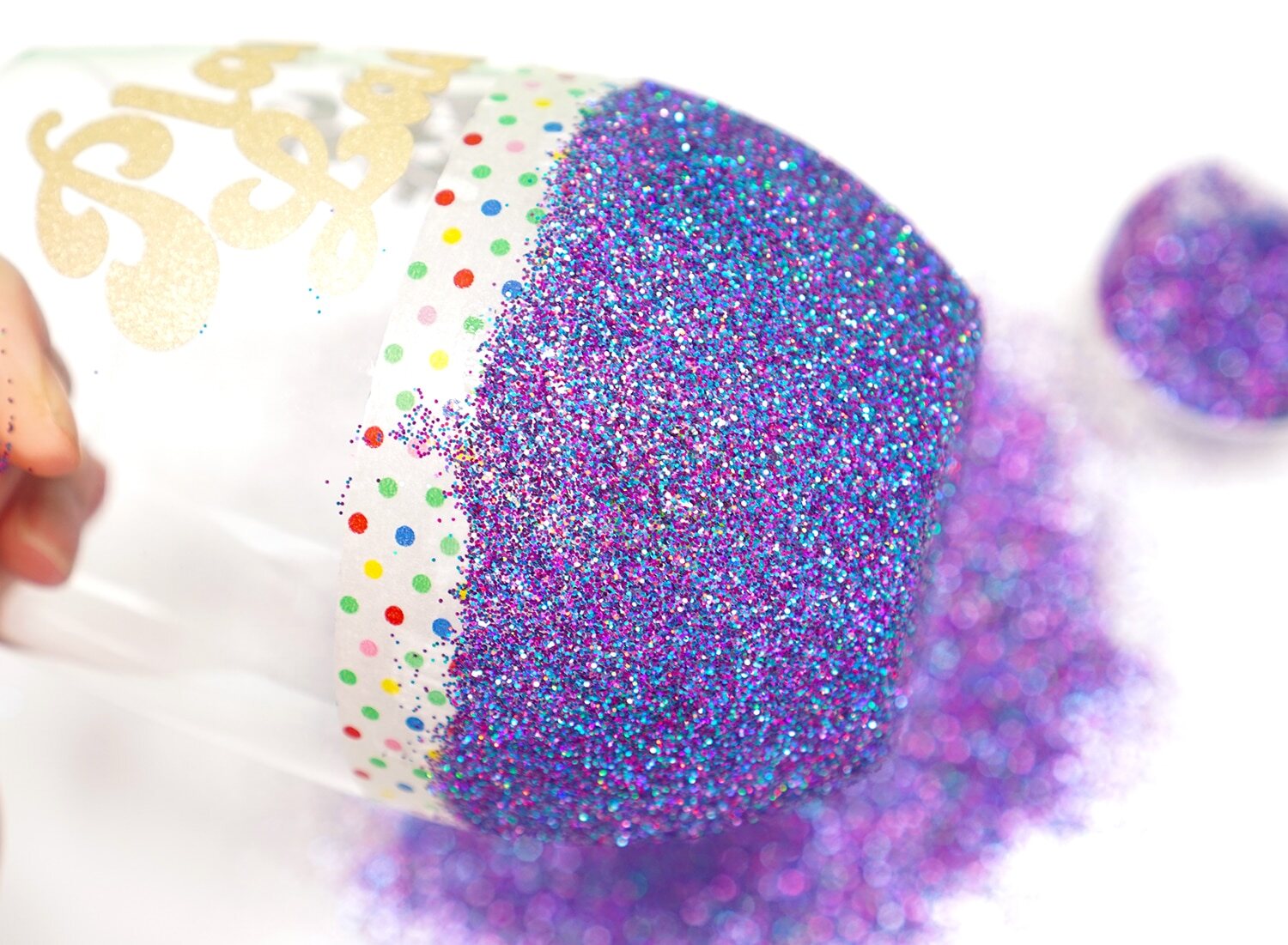Home>Furniture>Kitchen Furniture>Best Types of Wine Glasses for Your Collection


Kitchen Furniture
Best Types of Wine Glasses for Your Collection
Modified: December 6, 2023
You can say goodbye to muted aromas and flavors once you learn the types of wine glasses to pair with your prized wine collection. Read more here!
(Many of the links in this article redirect to a specific reviewed product. Your purchase of these products through affiliate links helps to generate commission for Storables.com, at no extra cost. Learn more)
We are sure you’ve heard about the types of wine glasses to use for a specific wine — and sometimes for a specific occasion. You also probably know how certain stemware can enhance your wine tasting experience as they bring out the best flavor and aroma in a single serving. But does it make a difference?
In this article, you’ll discover how the types of wine glasses vary and what type of wine is best paired with them. If you’re a novice to wine tasting, there’s no reason to be intimidated. Knowing the types of wine glasses in your early stages of learning can take you a long way towards your wine connoisseurship.
Why the Types of Wine Glasses Are Important When Serving Wine
Wines bear intricate aromas and tones. Hence, bringing out their best flavor requires a lot of research and experimentation. Just like wine, there’s a lot to know about the different types of wine glasses and their uses.
There are a lot of choices out there and they will all look alike when you’re new to the niche. If you wish to take your wine tasting experience and appreciation to a whole other level, feel free to tag along.
It is said that finding the right type of glass reveals the wine’s character and nuances. Not to mention that a large part of enjoying prized wine lies in its aroma. That’s why it’s hard to appreciate wine when served in an ordinary cup or mug. The characteristic vapors of the wine evaporate easily leading to a closed-off and tight taste.
It is profoundly recommended to let the wine aerate for a couple of minutes so it can release its aromatics. Consequently, noting the types of wine glasses can help you shape the wine’s taste and develop your palate for future wine tasting events. Besides, you won’t have the chance to do the famous swirl since using the wrong glass could cause spills.
Read more: Which Wine Glass For Which Wine
Basic Parts of a Wine Glass
The wine glass we know today dates back to the 1400s in Venice, Italy. Over the years, it has evolved to suit the diverse taste of various wines available in the market. Conversely, the structure of a wine glass is simple and it can be stemmed down to four components:
Foot
Also referred to as the base, the foot of the wine glass is what keeps the glass standing and stable. It shouldn’t be too small because it might topple down easily, and shouldn’t be too large as it could be caught underneath platters and tableware.
Stem
If you want to know how to hold different types of wine glasses, the most intuitive way is to hold them on the stem. This is the part that connects the foot to the bowl. It also serves as the handle to prevent heating the wine with your fingers and keep fingerprints to a minimum. You can also choose from stemless to stemmed wine glasses. The former is more space-saving and versatile, while the latter gives you more control when sipping and is perfect for swirling to aerate the wine.
Bowl
Aside from having a pair of options for the stem, it’s easier to distinguish different wine glasses when it comes to their bowl shape. The opening is smaller than the shoulder, which is the widest part of the bowl, so the aroma of the wine can be tamed or captured. Those with larger bowls maximize the wine’s contact with air allowing it to breathe, which is ideal for those with intense flavors and aromas. Meanwhile, smaller ones allow proximity to your nose and are best to use for those with subtle aromatic notes.
Read more: What Is A Standard Glass Of Wine
Rim
Thin rims are favored in the wine tasting community for one reason; it allows the smooth passage of wine to your mouth. Wine glasses with thick rims are often regarded as cheaply made. Always go for a thin and light wine glass as it gives the impression of elegance and sophistication.
Difference between Red Wine and White Wine Glasses
Aside from contrast in color and taste, red wine and white wine use different wine glasses to give justice to their flavors. Red wine has a stronger, velvety taste and is typically known for its bitterness. Therefore, red wine glasses often come with larger bowls since they require more room to breathe and release their steeping aromas.
On the other hand, white wine is known for its zesty, floral notes, and light palate feel. Since they do not need excessive contact with oxygen, white wine glasses are tulip-shaped to reduce swirling. Oftentimes, white wine is best enjoyed when cold, so a narrow body keeps the wine chilled longer than red wine glasses.
The only thing they have in common is that you can store both wines in a wine cooler. This is something guests would truly appreciate since it helps set the right temperature and make the flavors last longer. Read this guide to the different types of wine glasses, and serve wine like a pro for your special events.
Types of Wine Glasses
Red Wine Glasses
1. Bordeaux, Cabernet or Merlot Glass
These three varieties are known to be the richest, heaviest-bodied red wines in town. That is why they require red wine glasses with the tallest stem and a large bowl. With their narrow mouth, the wine aerates properly and your nose can catch all the aromas.
Just remember to not pour a full glass of wine using this stemware since its purpose is to make the wine as fragrant as possible. With little room for air to work with your wine, over-pouring can ruin your wine tasting experience.
2. Syrah, Shiraz, Sangiovese, Malbec, or Medium-Bodied Glass
Syrah or Shiraz is a popular pick for medium to full-bodied wines. Along with Sangiovese and Malbec, these wines are known for their spicy notes, acidity, and tight tannins. So, when choosing a suitable vessel, a medium-bodied glass with a shorter and smaller bowl works best. This glass is designed to make the wine hit your palette progressively, thus mellowing the harsh flavors and spices.
3. Burgundy or Pinot Noir Glass
A Burgundy or Pinot Noir glass is designed for delicate, light-bodied wines. As their aromas are subtle, its bowl is larger than Bordeaux glasses to collect all the aroma the moment you take a sip. Some Pinot Noir glasses have rims turned out from the body to give you a full smell-sensory experience. Also, the rim on these wine glasses is often thin for smoother flow and to keep the wine at the front of your mouth.
Read more: How To Price Wine By The Glass
White Wine Glasses
1. Chardonnay Glass
Chardonnay glasses can be distinguished as those with large bowls similar to Burgundy and Pinot Noir glasses but have a shorter stem. They are meant for young-aged wines with a slightly narrow rim perfect for delivering highly aromatic scents directly to the nose. Since these wine glasses have a narrow body, they keep the wine chilled for longer than average bowls.
2. Sauvignon Blanc or Riesling Glass
A Sauvignon Blanc or Riesling glass is the opposite of Chardonnay glasses. It features the typical U-shaped body that lets the wine reach the middle of your palate to reveal its acidity. The small bowl also lowers the amount of oxygen contact. This makes it easier for you to pick up the rich concentration of terpenes — these are the compounds responsible for the floral and fragrant aromas of such wines.
Specialty Wine Glasses
1. Sparkling Wine Glass
Indeed, champagne flutes are the perfect clinking glasses to use on any special occasion or holiday. Their tall and slim figure makes it easier for you to roam around and chat with friends and other guests. Aside from having that gorgeous bubbling display, the flute’s narrow design retains carbonation and keeps it chilled for an extensive period. Another notable feature of these glasses is their small opening. It helps the aromas hit your nose at the same rate as the wine hits the tip of your mouth. Overall, it’s not just about experiencing the taste and smell, but a matter of enjoyment to the eyes as your wine sparkles longer.
2. Dessert Glass
If you don’t know what a dessert wine is, it’s any wine enjoyed during or after dessert. From its name, it is sweet and full of fruity flavors with a light fizz. Since it has a higher alcohol content, dessert wine glasses are short and fit for small servings. It’s also designed to direct the wine at the back of the mouth to prevent the sweetness from being too overwhelming.
3. Universal Glass
If you don’t have the storage space to collect multiple types of wine glasses, a universal glass is a pragmatic solution. They’re good to use for both red and white wines. Aside from being versatile, most universal wine glasses are affordable and durable for everyday use. So, whether you’re saving up on space or a budget, the universal glass is the one for you.
There’s nothing wrong with using a different wine glass to enjoy some booze. Then again, knowing the types of wine glass sure makes a huge difference. If you want to take your wine tasting experience to the expert level, check out this guide so you can showcase your wine’s unique flavor profiles and dive deeper into the art of wine tasting.
Eventually, you’ll need a safe space to store the wines you’ve collected for your wine tasting journey. Peek these wine storage ideas to get started!
Was this page helpful?
At Storables.com, we guarantee accurate and reliable information. Our content, validated by Expert Board Contributors, is crafted following stringent Editorial Policies. We're committed to providing you with well-researched, expert-backed insights for all your informational needs.






























0 thoughts on “Best Types of Wine Glasses for Your Collection”